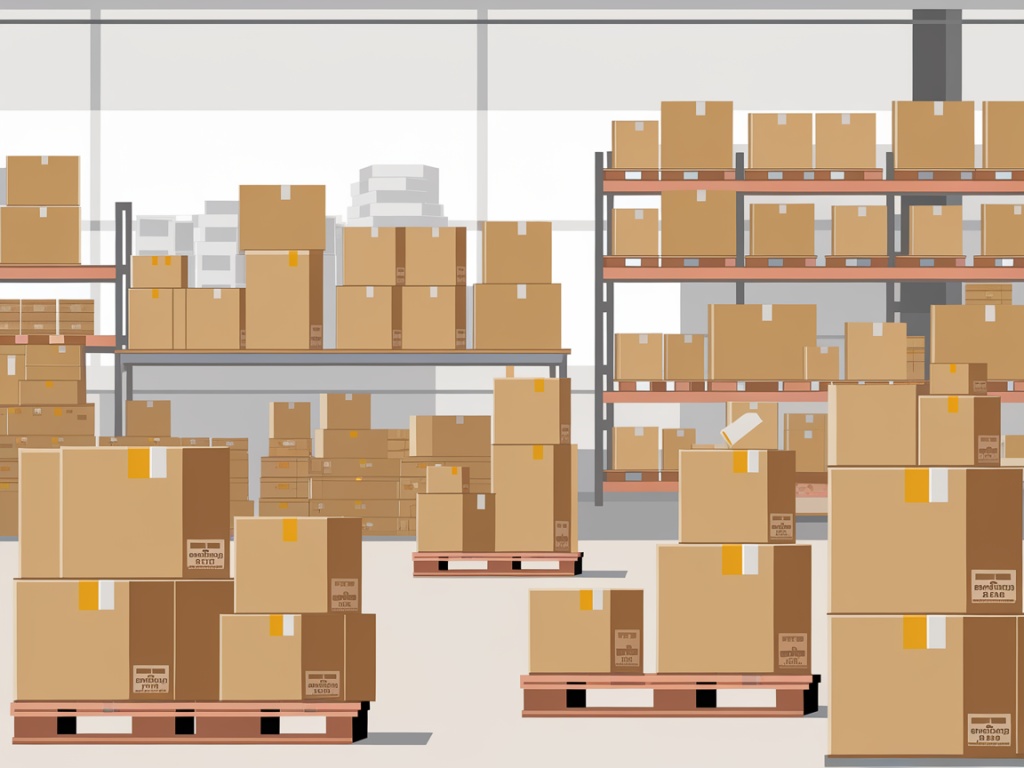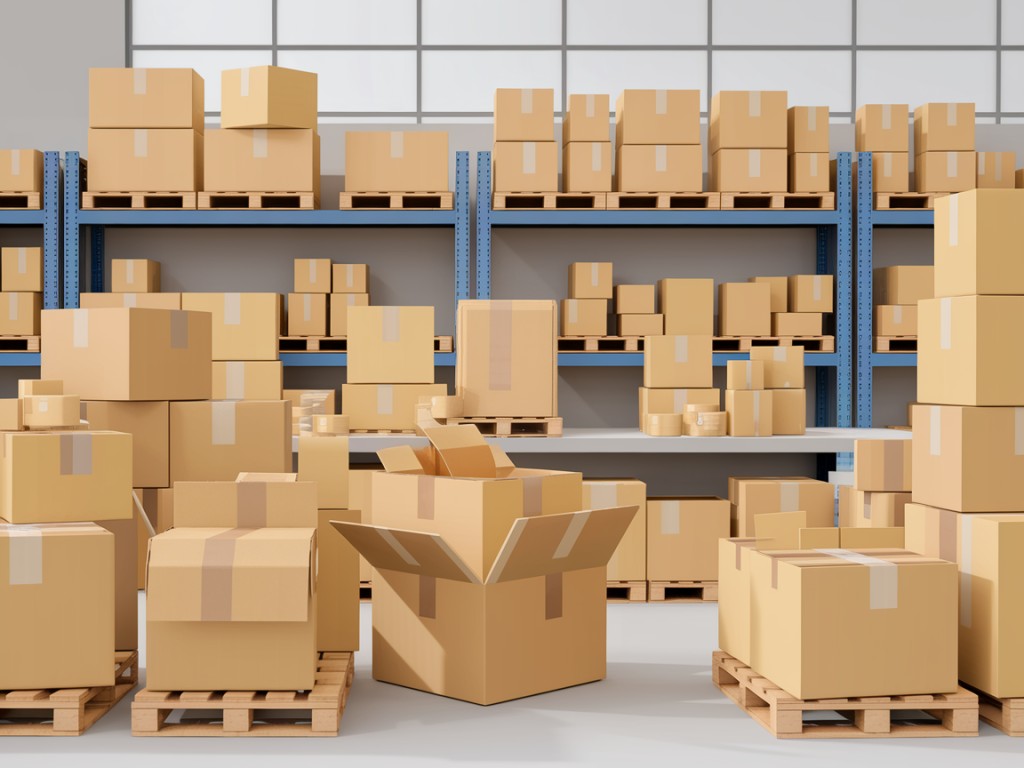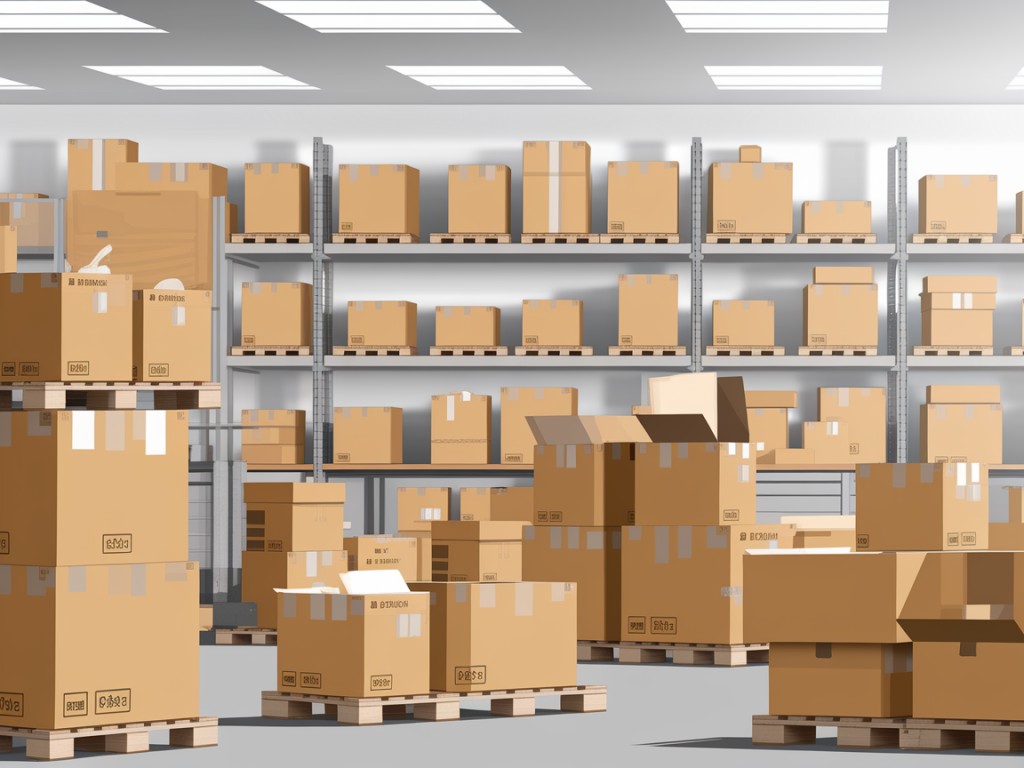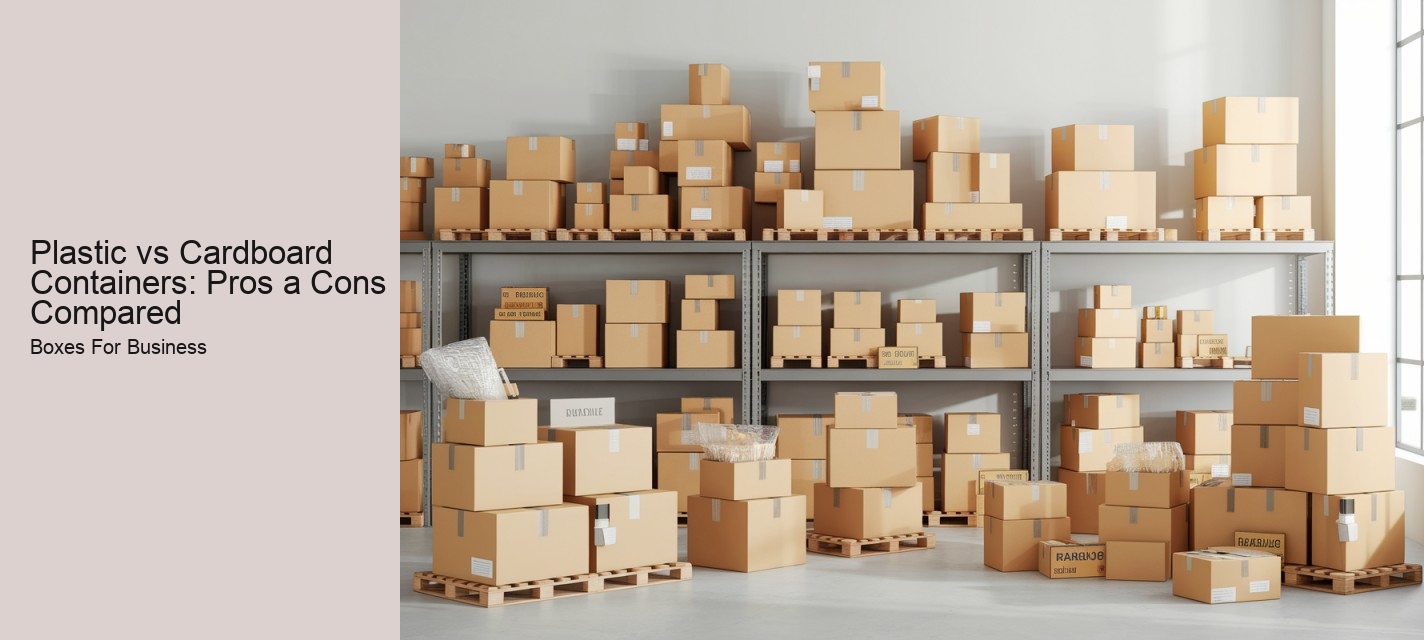Okay, lets dive into the age-old debate of plastic versus cardboard containers. Cardboard Boxes Sydney . Its a comparison we encounter daily, whether were grabbing takeout, shipping a package, or organizing our homes. While both materials serve the fundamental purpose of containment, they each come with their own set of advantages and disadvantages. Lets explore them in a way that feels like a real conversation, not a dry textbook entry.
Cardboard Containers: The Eco-Friendly Champion (Mostly)
Cardboard often gets the good-guy reputation, and for good reason. Its biggest strength lies in its renewability and recyclability. Made primarily from wood pulp, cardboard can be sourced from sustainably managed forests. Even better, its widely accepted for recycling, meaning a large percentage can be turned into new cardboard products, reducing the need to harvest more trees. This makes it a significantly more environmentally friendly option compared to the fossil fuel-derived plastic.
Think about the satisfying crunch of breaking down a cardboard box for the recycling bin. Thats a feeling of eco-virtue right there!

Beyond recyclability, cardboard is also biodegradable. If it ends up in a landfill (which, ideally, it shouldnt!), it will eventually break down naturally. This is a huge contrast to plastic, which can persist in the environment for hundreds, if not thousands, of years.
Cardboard is also generally cheaper than plastic, especially for larger quantities.
Plastic vs Cardboard Containers: Pros a Cons Compared - Custom size cardboard boxes for fragile items
- Cardboard packaging for perishable foods
- Rigid set-up cardboard boxes for luxury items
- Cardboard packaging for industrial machinery parts
- Die punched cardboard packaging inserts
- Recycled cardboard boxes with eco packaging material
Plastic vs Cardboard Containers: Pros a Cons Compared - Lightweight corrugated cardboard mailers
- Secure cardboard box shipping security seals
- Fold and lock cardboard shipping boxes
- Biodegradable cardboard packaging materials
- Custom size cardboard boxes for fragile items
- Lightweight corrugated cardboard mailers
However, cardboard isnt without its flaws. Its biggest weakness is its susceptibility to moisture. A damp cardboard box quickly loses its structural integrity, becoming soggy and prone to collapsing. This makes it unsuitable for storing or transporting liquids or items that need to be kept dry.
Cardboard also offers limited protection against physical damage. While it can cushion items to some extent, its not as durable as plastic when it comes to impacts or abrasions. Finally, cardboard can be vulnerable to pests, such as rodents and insects, which can damage the contents.

Plastic Containers: The Durable and Versatile Workhorse
Plastic containers, on the other hand, boast a different set of strengths.
Plastic vs Cardboard Containers: Pros a Cons Compared - Custom size cardboard boxes for fragile items
- Moisture resistant coated cardboard boxes
- Cardboard retail box with hanging tab
- Stackable cardboard storage boxes with lids
- Low-cost cardboard packaging solutions
- Custom printed cardboard boxes with logo
Think about the reliability of a plastic storage container keeping your holiday decorations safe and dry in the attic. Cardboard just couldnt handle that long-term moisture exposure.

Plastic is also incredibly versatile. It can be molded into virtually any shape or size, allowing for tailored packaging solutions.
Plastic vs Cardboard Containers: Pros a Cons Compared - Secure cardboard box shipping security seals
- High strength double flute cardboard boxes
- Cardboard box packaging with QR code printing
- Nestable cardboard produce packaging containers
- Custom litho laminated graphic cardboard boxes
- Cardboard packaging with built-in handles
Plastic containers are also generally more hygienic than cardboard. They are easy to clean and disinfect, making them suitable for storing food and other sensitive items. They also provide a better barrier against bacteria and other contaminants.
However, the environmental impact of plastic is a major concern. Most plastics are derived from non-renewable fossil fuels, and their production contributes to greenhouse gas emissions. While some plastics are recyclable, the recycling rates are significantly lower than those for cardboard. A large amount of plastic ends up in landfills or, even worse, in the ocean, where it can harm wildlife and pollute ecosystems.
Even "recyclable" plastic often faces challenges. The economics of recycling plastic are often less favorable than recycling cardboard, and the quality of recycled plastic can be lower, limiting its applications.
Furthermore, some plastics can leach harmful chemicals into food or other stored items, particularly when exposed to heat or sunlight.
Plastic vs Cardboard Containers: Pros a Cons Compared - Secure cardboard box shipping security seals
- Cardboard boxes with easy assembly tabs
- Custom die-cut cardboard box designs
- Cardboard boxes for pet food transport
- Automotive parts cardboard shipping boxes
- Easy fold tuck top cardboard boxes
The Verdict: It Depends
So, which is better, plastic or cardboard? The answer, as is often the case, is "it depends." Theres no single winner in this contest. The best choice depends on the specific application, the environmental considerations, and the cost constraints.
For dry goods, non-fragile items, and situations where recyclability is paramount, cardboard is often the preferred choice. For liquids, food, delicate items, and situations where durability and water resistance are essential, plastic may be the better option.
Ultimately, the key is to use both materials responsibly and to prioritize sustainability. This means choosing recyclable options whenever possible, reducing consumption, and supporting initiatives that promote recycling and the development of bio-based and biodegradable alternatives to traditional plastics. It also means being mindful of the end-of-life fate of these materials and taking steps to ensure that they are properly disposed of or recycled.
The future might even see a blending of the best qualities of both materials, perhaps with innovative coatings that make cardboard more water-resistant or new bio-plastics that are both durable and biodegradable. The conversation is ongoing, and the innovation continues.



